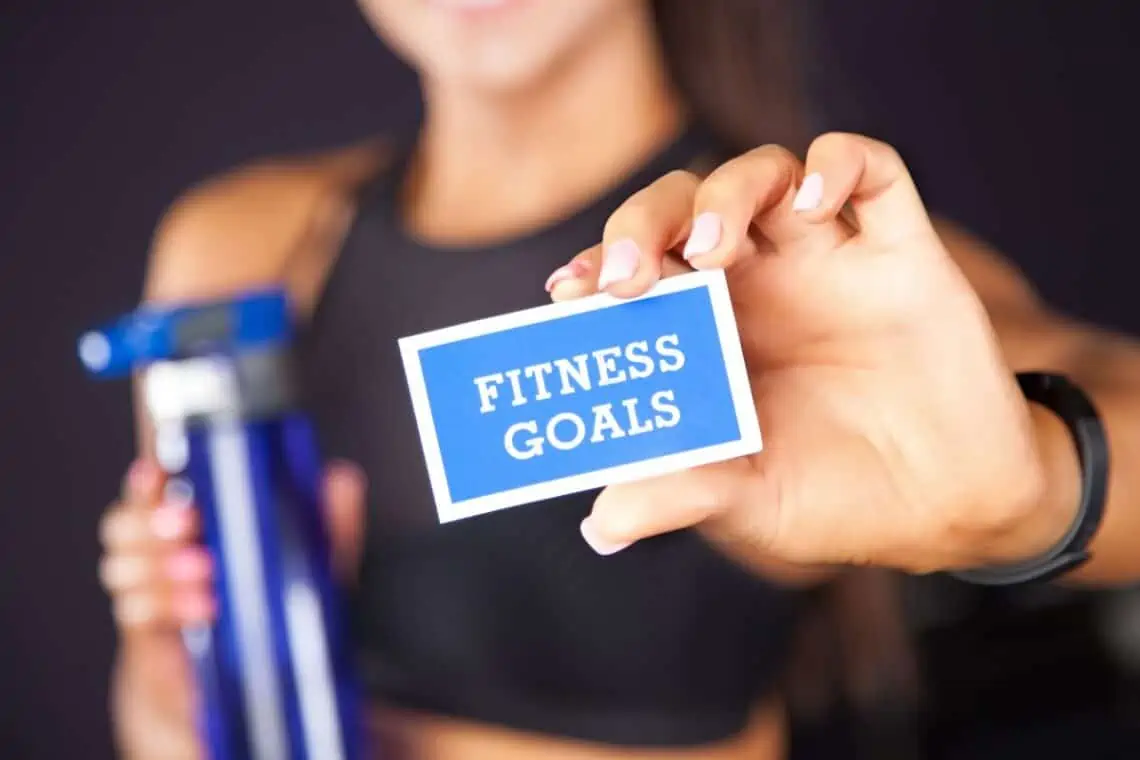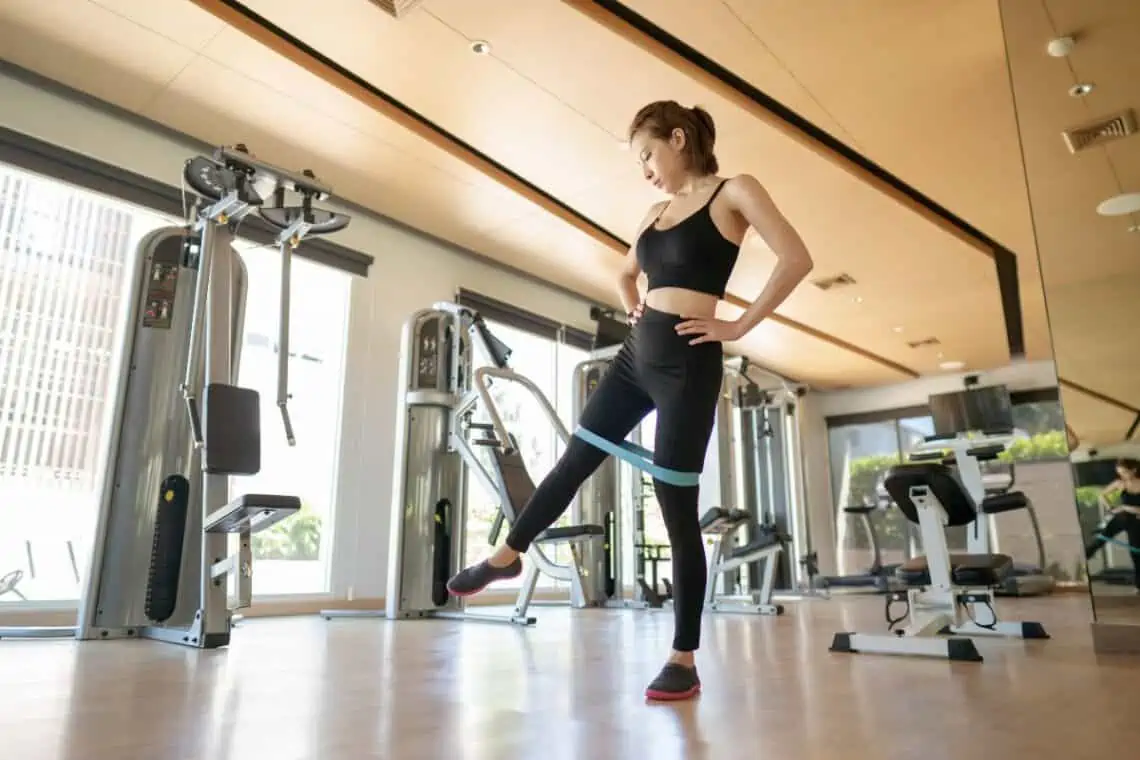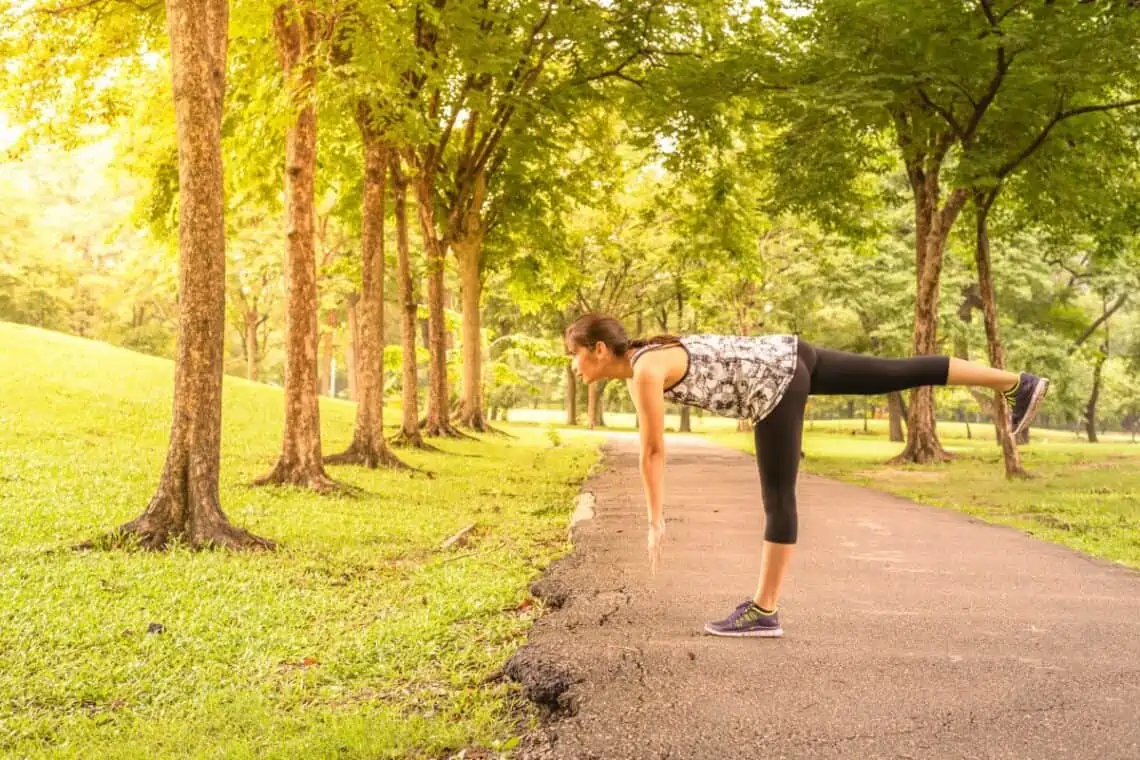Not everyone’s body is the same and that means there are many ways to get fit. Do you love running? Lifting weights or walking on your own time while watching TV in your home gym might be more enjoyable for someone else!
The most important part of any fitness routine (besides making sure it works with what YOU want) has got do in terms of finding a workout plan thats functional. This means doing specific exercises that will help each area grow stronger than before so they can handle whatever life throws our way.
Here I’ve rounded up seven tips about creating functional workouts:
Make Your Goals Clear
When it comes to functional fitness, setting clear goals is essential for seeing results. After all, how can you measure progress if you don’t know what you’re working towards?
A good place to start is by ask yourself what you want to be able to do when you reach your goal. Do you want to be able to run a 5K? Do you want to be able to lift a certain amount of weight?

Clarity and specificity are critical when it comes to goal setting – especially when it comes to fitness. All too often, people set goals that are either too vague (I want to “get in shape”) or completely unrealistic (I want to lose 20 pounds in 2 weeks).
Not only is it important to be clear about what you want to achieve, but you also need to make sure that your goals are achievable. So, how can you set realistic and achievable goals? The best way is to start small and gradually increase the difficulty of your routine as you start to see results.
For example, if your goal is to improve your cardiovascular health, you might start by walking for 20 minutes a day, 3 times a week. Once you’ve accomplished that goal, you can then move on to more challenging activities like jogging or swimming.
The key is to take things slowly and focus on making progress – not on perfection. By making your goals clear from the outset, you’ll be much more likely to see results from your functional fitness routine and stay motivated.
Keep a Record of Progress
No matter what your goals are, if you’re not keeping track of your progress, it’s going to be tough to see results. When it comes to functional fitness, this is especially true. Because functional fitness is all about improving your everyday movement, it can be hard to gauge your progress if you’re not paying attention.
Are you moving more smoothly? Are you able to do things that you couldn’t do before? If you’re not keeping track, it’s easy to lose sight of how far you’ve come. That’s why it’s so important to keep a record of your progress.
It’s great when we see results from our efforts at the gym, but if we don’t keep track of them—and look back at what we’ve achieved over time—it can be easy for us to lose sight of those accomplishments or feel discouraged when things start getting off track again.

Whether it’s a workout journal, a video diary, or simply taking note of new PRs, by recording your progress, you’ll be able to see just how much you’ve improved.
Every time you work out, take note of how many repetitions you can do, how long you can hold a particular pose, or how much weight you can lift. Over time, you will be able to see exactly how far you’ve come, and this will help to keep you motivated as you continue working towards your goals.
Start Small
If you’re new to functional fitness, or just starting to get back into shape after a long break, it’s important to remember that you need to start small. Pushing yourself too hard at the beginning can lead to injuries, burnout, and even discourage you from continuing your routine.
It’s easy to set big goals that are too lofty and then feel like a failure when you can’t meet them. Instead, focus on gradually increasing the intensity of your workouts. For example, start by doing bodyweight exercises three days a week, then add in some light dumbbells or kettlebells once you’ve built up some strength and endurance.

It’s also easy to fall into the trap of comparing yourself or your workout routine with others. Don’t do it!
Instead of focusing on other people’s workouts and what they’re doing, focus on setting realistic goals for yourself and sticking with them. If your goal is running five miles every day, start with one mile per day instead—and don’t worry about what everyone else thinks of it.
Use Variety
When it comes to fitness, there’s no one-size-fits-all approach. What works for one person may not work for another, and what gets results in the short term may not be sustainable in the long term.
However, there is one piece of advice that holds true for everyone: if you want to see results from your fitness routine, you need to make sure you’re using a variety of exercises. Not only will this help to avoid boredom, but it will also ensure that you’re working all the different muscle groups in your body.

For instance, if you’re only doing cardio exercises, you’re missing out on the benefits of strength training. Conversely, if you’re only lifting weights, you’re not giving your cardiovascular system the workout it needs. The best way to get the most out of your fitness routine is to mix things up and keep your body guessing.
So instead of sticking to the same old tired routine, make sure to switch things up on a regular basis. Your body (and your results) will thank you for it!
Think Cardio and Strength
When most people think of cardio, they think of running on a treadmill or on an elliptical machine for boring hours on end. Thing is, you can do something fun and active that you love that also counts as cardio.
Playing a game of basketball or pickle ball with your friends. Enjoying a beautiful Sunday afternoon stand up paddle boarding around the harbor, listening to your favorite tunes. Make your family a picnic and go for a hike at a local nature reserve.
The important thing is to find an activity that you enjoy and that gets your heart rate up. Incorporating cardio into your routine will help to improve your overall fitness level and will also help to reduce the risk of heart disease.
Think about including both aerobic and strength training in your functional fitness routine. Aerobic exercises use oxygen to fuel the muscles. These are typically longer, slower activities like walking, jogging or swimming.

While you’re working out, make sure to wear comfortable clothing that matches the activity; be sure to wear high quality, breathable undergarments such as boxer briefs or panties and a supportive sports bra (your older body will thank you for less sag! haha!).
In addition to cardio, it’s also important to add strength training to your routine. This is because strength training helps to build muscle mass, which in turn helps to boost your metabolism. When you have more muscle mass, you’ll burn more calories even when you’re at rest.
Strength-training exercises can be done with free weights, a full body resistance band workout, or even bodyweight exercises.
Focus on Balance and Flexibility
Do functional exercises that incorporate balance and flexibility. As we age, it becomes increasingly important to focus on functional fitness – exercises that help us to perform everyday activities with ease.
Balance and flexibility are two key components of functional fitness, and there are a number of exercises that can help to improve both. For instance, Yoga and Tai Chi are great ways to improve balance, while Pilates can help to increase flexibility. In addition, regular walking or biking can also help to improve balance and coordination.
For some specific exercises you can do at home or in the gym, try one of these:
Single-Leg Deadlift: This exercise not only helps to improve your balance, but it also strengthens your hamstrings, glutes, and core muscles. To perform a single-leg deadlift, start by standing on one leg with your knee slightly bent. Bend forward at the hips and reach down to touch the ground with your opposite hand. Return to the starting position and repeat.

Standing Side Leg Raise: This exercise targets your inner thigh muscles, as well as your hip abductors and gluteus medius. To perform the standing side leg raise, stand with your feet together and lift one leg out to the side. Keep your back straight and abdominal muscles engaged throughout the movement. Return to the starting position and repeat on the other side.
Don’t Forget Your Rest Days
And don’t forget to add in some rest days! Your body needs time to recover between workouts, so be sure to listen to your body and take a day off if you’re feeling sore or tired.
On your rest days, you can still stay active by doing some light stretching or walking. Just be sure to give your body the time it needs to recover so that you can hit your next workout with full force!